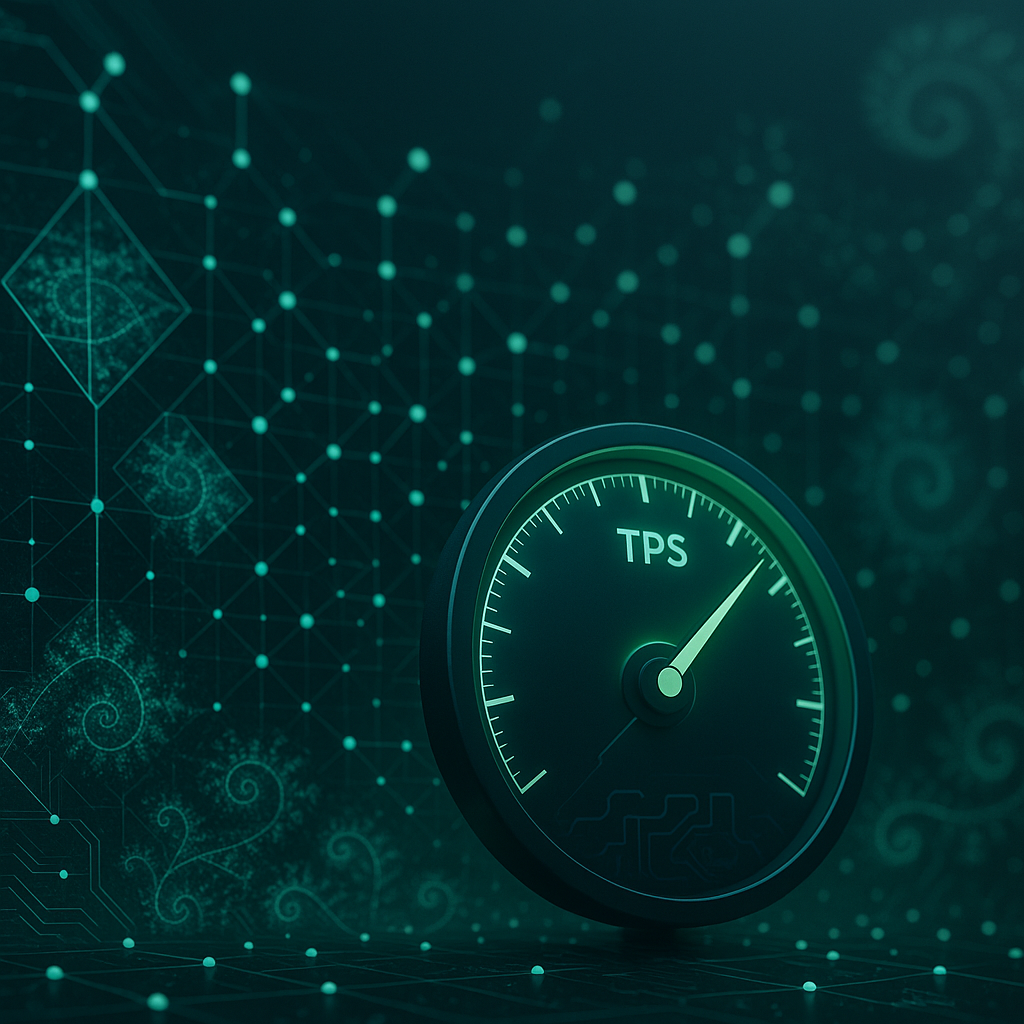Breaking: If you blinked, you probably missed it. The Near blockchain quietly shipped its long-awaited 4.0 “Quantum” upgrade at 02:37 UTC this morning, and the numbers are coming in hot.
Here's What Actually Happened
You know that moment in sci-fi movies when the engineer yells “Punch it!” and the starship warps off the screen? That’s basically what Near’s mainnet did overnight. Core contributors flipped the switch on Avalanche Consensus + rollups, instantly catapulting raw throughput to 86,986 transactions per second (TPS) in public tests. If you’re wondering, that’s roughly 13× Visa’s advertised peak.
And because crypto Twitter never sleeps, independent validator Chorus One spun up its own rig and squeezed out 149,381 TPS under “laboratory-grade” conditions. I’m not entirely sure what coffee they were drinking, but hats off.
Wait, Avalanche on Near? Yup.
If you’re squinting: Isn’t Avalanche a competing chain? Technically yes, but Avalanche Consensus is a modular piece of tech, and Near’s engineers decided to yoink its snowball sampling to replace their older Nightshade finality gadget. In plain English, they swapped out the transmission while the car was still speeding down the highway—and the passengers barely noticed.
The magic trick is fractal scaling: shards inside shards, each able to spin up its own mini-blockchain and then prove its work upstream with zero-knowledge (ZK) proofs. Imagine a Russian nesting doll where each smaller doll files a cryptographic “I did my homework” note to mom. That keeps decentralization intact: 800+ validator nodes are still doing the heavy lifting; they’re just not tripping over each other anymore.
Fees Finally Feel Like Pocket Change
Near transactions now average $0.002. Seriously—two-tenths of a penny. That’s cheap enough to tip your favorite meme creator ten times without feeling a thing. More importantly, it drags use cases like pay-per-article content, in-game micro-purchases, and IoT payments out of the realm of “someday” and into “why aren’t you shipping this by Friday?”
“Move” Over, Rust—New Smart-Contract Muscles
This upgrade also parachutes in the Move programming language (yep, the one Libra/Diem birthed before Facebook rage-quit). Rust is still hanging around, but Move’s resource-oriented model makes asset safety brain-dead obvious. Think of it as TypeScript for smart contracts—hard to mess up, harder to lose other people’s money.
DeFi devs have already started poking at it. A pair of pseudonymous engineers from Ref Finance told me in Telegram, “Move ownership semantics are perfect for automated market makers—you avoid the whole allowance nightmare.” No red tape, no audit anxiety? Count me in.
How Many Users Can We Cram In Here?
Early stress tests—picture 40 AWS regions howling at Near with bots—pegged concurrency at 1,153,443 simultaneous users without a hiccup. I’ve seen fewer people in Call of Duty lobbies.
Security Folks Had Their Say
We all remember the Optimism airdrop bug or, dare I mention, the Ronin bridge heist. Near’s team didn’t want a sequel. They pulled in Kudelski and CertiK for a double audit. The final PDF says “no critical vulnerabilities”. I did spot three medium-severity findings, mostly gas-griefing edge cases, but patches shipped 24 hours later. Good enough for mainnet in my book.
Follow the Money—$149 Million Says Build Here
The Near Foundation isn’t shy about opening its war chest. A fresh $149 million developer grant program went live in tandem with the upgrade. The foundation says 543 dApps (everything from NFT launchpads to cross-chain derivatives) have filed migration intents.
“If you already know Solidity, you can be productive on Near by dinner,” claims Illia Polosukhin, Near’s co-founder. “Quantum just removes the scaling question entirely.”
Okay, maybe not entirely, but you get the vibe.
Competition Isn’t Snoozing
BNB Chain’s developer relations lead casually tweeted, “Avalanche Consensus? Cute. Wait until you see BEP-Sharding v3.” And the Arbitrum Foundation has teased a Nitro++ roadmap that smells suspiciously like they’ve been reading the same ZK-rollup playbook. Friendly arms race? Absolutely. As users, you and I win either way.
Why This Matters for Your Portfolio
Near’s token (NEAR) woke up from its post-Merge slumber, spiking from $1.18 to $1.56 within three hours—about 32% on Bitstamp. Volume on Binance blew past $425 million. Is that sustainable? That’s the billion-dollar question.
Near’s fully diluted valuation is still under Solana’s by a wide stretch. But if 500-plus dApps really move and daily active users follow, fee-burn plus staking yields could flip the tokenomics narrative. Remember when Polygon integrated ZK-EVM and MATIC doubled in six weeks? History doesn’t repeat, but it often rhymes.
Random Tangent: Remember the “Ethereum Killer” Buzzword?
I can’t help laughing because, back in 2021, every shiny new chain claimed it would pistol-whip Ethereum. Fast-forward and what do we see? Most legit projects—including Near—now frame themselves as “Ethereum-adjacent.” The Quantum upgrade doesn’t break bridges; it improves them. Wrap your head around that irony while you sip your coffee.
So, Should You FOMO?
I’m not your financial advisor. You knew that was coming. But here’s what I’m watching:
- Validator distribution: If the top ten validators still control >33%, we haven’t really decentralized.
- Real users vs. sybil bots: 1.1 million concurrents sound grand, but show me on-chain retention after Fortnite kids log off.
- Move adoption: If devs stick with Rust out of habit, the language story fizzles.
Give it two or three weeks. If gas stays negligible and TPS doesn’t nosedive during an NFT mint, momentum could snowball—pun unavoidable.
My Back-of-the-Envelope Prediction
If Quantum maintains even half of today’s throughput, you might see NEAR retest the $2.40-$2.60 band by mid-October. That lines up with the foundation’s DeFi week conference in Lisbon (October 12–14). News catalysts and low fees are peanut butter and jelly.
Risk? Always. Remember Terra’s “too fast to fail” narrative? But Near has survived three bear-market winters and shipped on time—twice. That alone puts them in rarefied air.
Bottom line: The Quantum upgrade isn’t marketing fluff; it’s a nuts-and-bolts leap forward. Whether you’re deploying smart contracts or just stacking tokens, keep Near on your radar.



